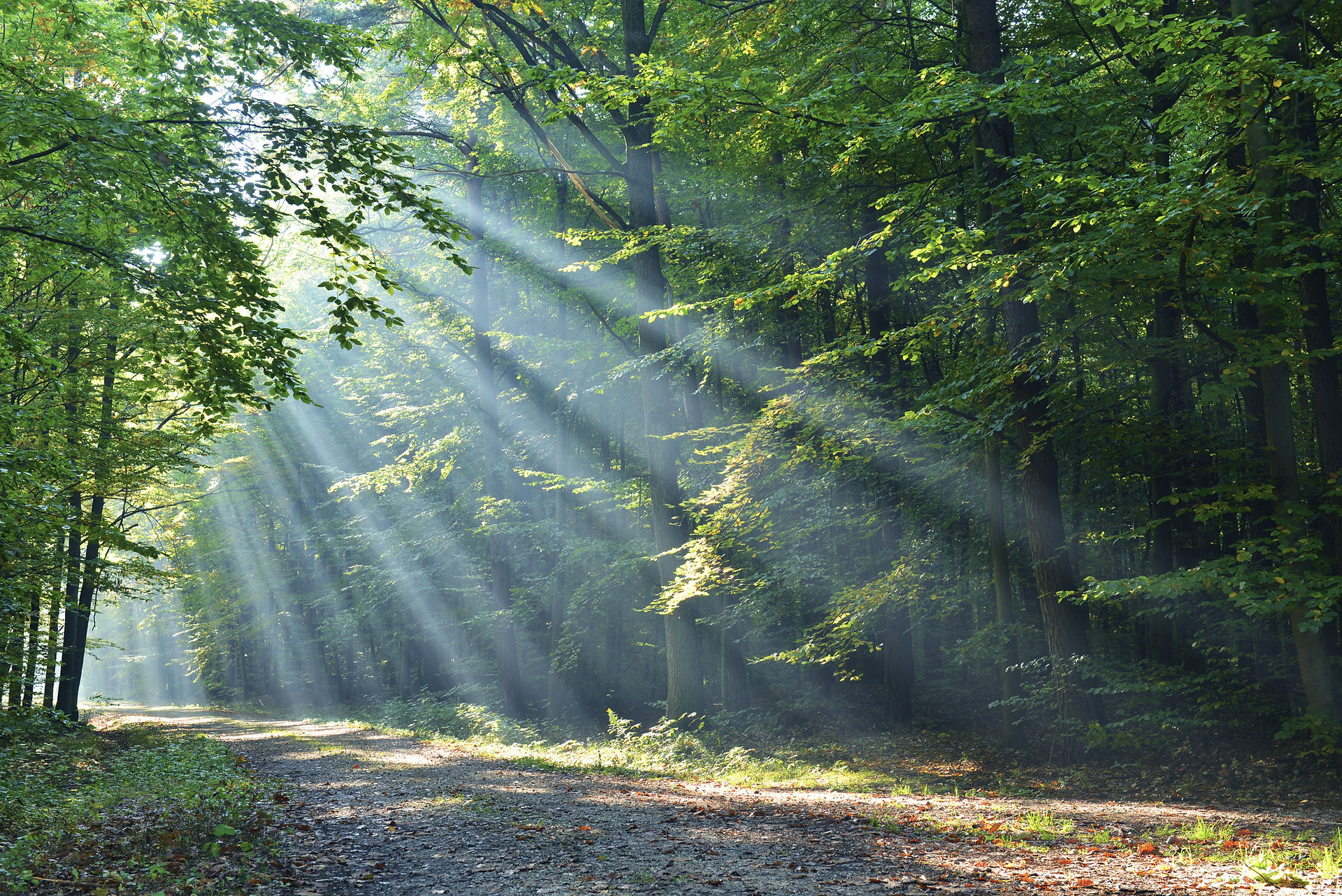Lavenham Blue
- Granny Bonnet
- Dec 4, 2023
- 2 min read

The village of Lavenham, Suffolk is a well-visited tourist spot, renowned for its beautiful timbered medieval buildings and pretty aspect. It is what is known as a 'wool town' whose wealth and importance was built on the weaving of woollen cloth in medieval times.
Built by the Guild of Corpus Christi, one of three guilds founded in Lavenham to regulate the wool trade, the late 15th-century timber-framed Guild Hall, overlooks and dominates the town’s market place and today houses a museum dedicated to Lavenham and its local history.

Raw wool was bought from Lincolnshire, Northamptonshire, Cambridgeshire and sometimes as far away as the Cotswolds, and in the 16th Century, Lavenham built a reputation for its blue (blew) broadcloth. The cloth was 28 yards 28 inches long and 5 foot 3 inches broad, its exact size ensured by being hung and stretched from hooks on a tenter or frame, giving rise to the figure of speech 'on tenterhooks'. It was dyed before weaving with the plant woad (Isatis tinctoria - Dyer's Woad) which gives a pleasant sky-blue shade and also added yet another expression 'dyed in the wool' to our common language.
The wool was dyed in a fermentation vat or pit, after it was first trodden in a mix of urine and water to remove natural dirt and oils, a very smelly process which would have been done outside the town where possible! The fibres were dipped in dye for a few minutes, emerging pale yellow, but with exposure to air, the colour gradually turned to green and then blue.

The blue colour created from Woad is a pigment, not a dye so it makes a 'physical reaction' rather than a chemical one, clinging to the fibres and fading with time and wear.
Before being spun, the wool was washed in Water Street where the river runs through underground culverts. This removed any surplus pigment into the flow that coursed down the street into the River Brett at the bottom. The cleaned (fulled) fibres were then woven and finished in Lavenham itself.
This prized, fine-woven cloth was exported directly from local ports as far away as the Middle East and Russia, generating riches for the small town which grew to be the fourteenth wealthiest in England. Its impressive timber-framed buildings and church, dedicated to St. Peter and St. Paul, were erectedfrom the profits of the wool trade, just like other wool towns across East Anglia.
However, after 300 years of prosperity, the late 16th century saw cheaper and lighter materials such as linen eat into Lavenham's profitability and position, as larger towns with more up-to-date methods began to steal away its trade. Today, it is hard to imagine the bustle and industry, smell and noise that once generated countless livings in what is now a quiet and peaceful rural part of beautiful Suffolk.

コメント